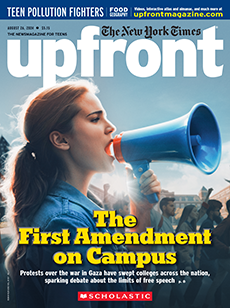The aspiring entrepreneur waited anxiously in the lobby of a New York City high-rise. In just a few minutes, this cofounder of a fledgling small business would stand before the executives of a $31 billion global franchise and deliver a crucial product pitch.
Jordy Santos was reluctant to accept the lead role in his team’s presentation. Speaking to live audiences left him agitated. It was understandable: He was only 17.
His partners were teenagers too. And this was the make-or-break moment of their effort to devise, design, and develop a streetwear fashion brand from scratch. A successful pitch would win them prime placement in the official N.B.A. Store on Fifth Avenue, the world-famous shopping strip in Midtown Manhattan.
Their brand is called EVNTLLY, a catchword that reflects their upbringings. Their slogan: We all start from somewhere. Eventually, we can make it. The teens have assumed the roles of chief executive officer, lead designer, and treasurer. Jordy is the company’s vice president.
A hopeful entrepreneur anxiously waited in the lobby of a New York City high-rise. In just a few minutes, this cofounder of a new small business would stand before the executives of a $31 billion global franchise. He had to deliver a critical product pitch.
Jordy Santos was hesitant. He hadn’t wanted to accept the lead role in his team’s presentation. Speaking to live audiences made him nervous. It was understandable. Santos was only 17.
His partners were teenagers too. This was their make-or-break moment. They had worked hard to devise, design, and develop a streetwear fashion brand from scratch. If their pitch was successful, they would win prime placement in the official N.B.A. Store on Fifth Avenue, the world-famous shopping strip in Midtown Manhattan.
Their brand is called EVNTLLY. It’s a catchword that reflects their upbringings. Their slogan: We all start from somewhere. Eventually, we can make it. The teens have assumed the roles of chief executive officer, lead designer, and treasurer. Jordy is the company’s vice president.

